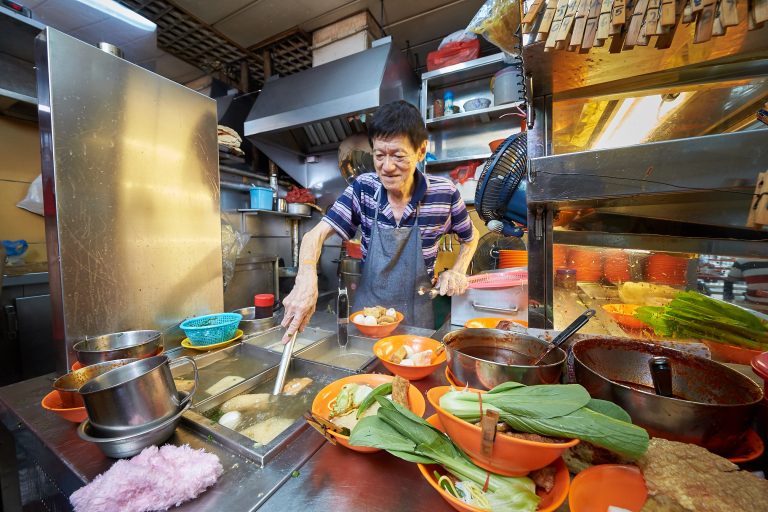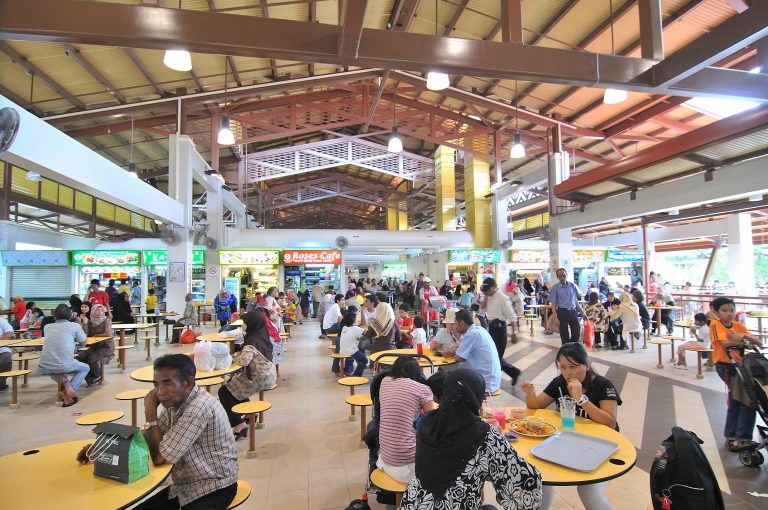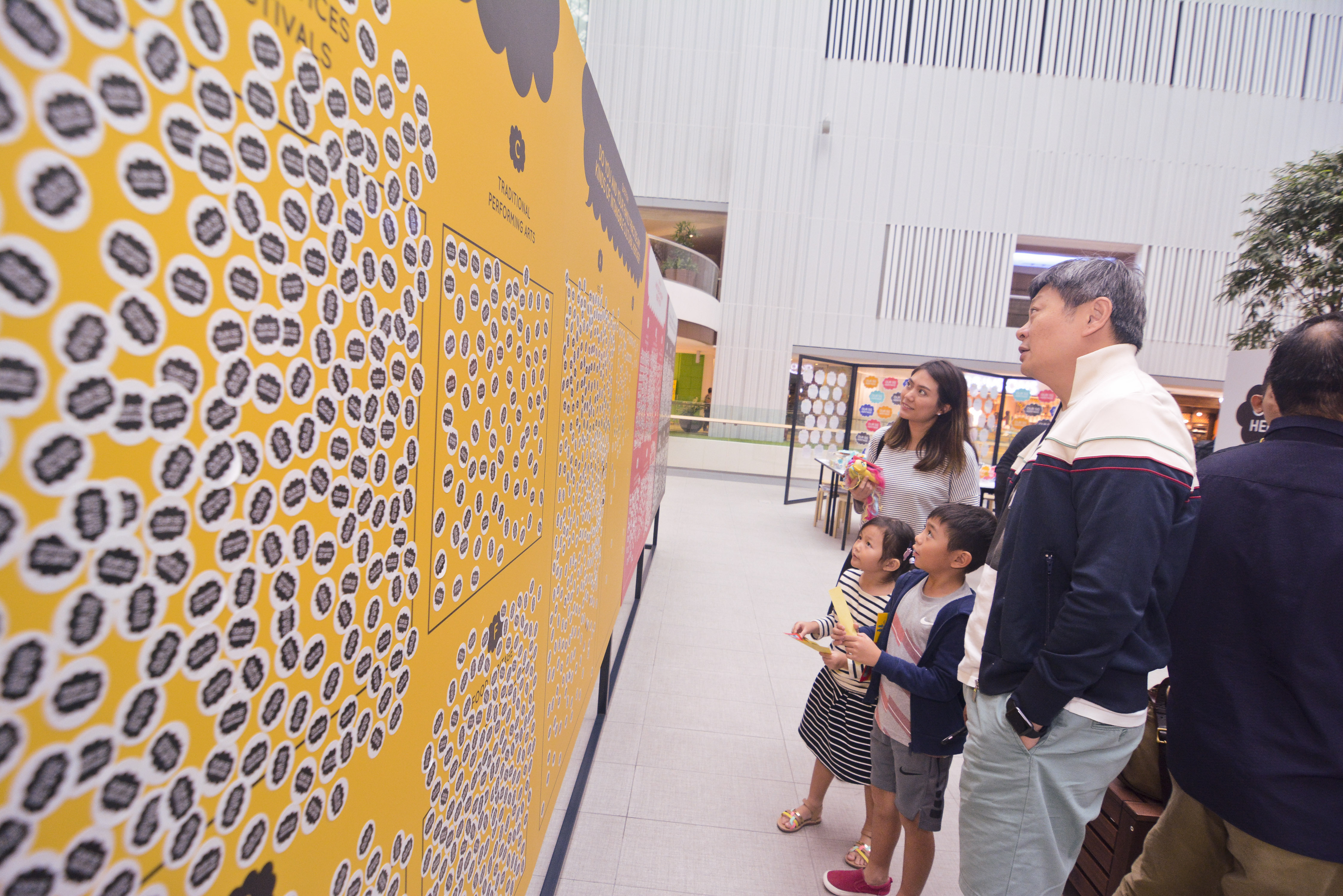
Hawker Culture in Singapore is an integral part of the way of life for Singaporeans, where people from all walks of life gather at hawker centres to dine and bond over their favourite hawker food, which are prepared by hawkers. Over the years, this unique combination of food, space and community has evolved into a microcosm of Singapore’s multicultural society, with stalls selling Chinese, Malay, Indian and many other diverse types of dishes.
Many of these hawker dishes originated from the food cultures of different immigrant groups who settled in Singapore. Over time, they have evolved to become the distinctive local dishes that we love, and form an important part of our food heritage.

Our hawkers, comprising individual of all races, gender and age, and their repertoire of skills are central to our hawker centres. Well regarded for their mastery of the hawker culinary traditions, it is important that our hawkers’ knowledge, culinary skills and values are passed on through the generations.
Today, hawker centres are an integral part of Singaporeans’ way of life. They are spread across our island and serve as “community dining rooms”, where friends and families gather, interact and bond over their shared love for food. They also serve as vibrant communal spaces that promote social cohesion, moderate the cost of living and foster a common national identity based on shared experiences, values, and norms.
Why Nominate Hawker Culture in Singapore?
9 in 10 respondents agreed/strongly agreed that hawker centres are an important part of Singapore’s identity – Survey conducted by National Environment Agency (NEA) in 2016
“Food Heritage” was highlighted as the most important aspect of Singapore’s intangible cultural heritage in a 2018 public poll by NHB involving more than 3,000 respondents.
As Singapore’s nomination for the UNESCO’s Representative List of the Intangible Cultural Heritage of Humanity, it is important for the chosen intangible cultural heritage element to be one that reflects our multicultural identity as a people and nation, resonates strongly with Singaporeans across all races and social strata, and yet be able to showcase Singapore’s rich and diverse culture on the international stage.
The choice of nominating Hawker Culture in Singapore for the UNESCO Representative List of Intangible Cultural Heritage was determined after a series of public engagement efforts with Singaporeans.
Earlier in 2017, the National Heritage Board (NHB) conducted a public poll which attracted more than 3,000 respondents, and “Food Heritage” was highlighted as the most important aspect of Singapore’s intangible cultural heritage.

From April to July 2018, a series of focus group discussions were also conducted with academics, heritage experts, youths, cultural practitioners and members of the public. Hawker Culture in Singapore emerged as a firm favourite among the participants, who indicated their support for it to be nominated for UNESCO’s Representative List of Intangible Cultural Heritage. Many participants shared about the importance of Hawker Culture in Singapore to Singaporeans, and how the multicultural dishes and hawker centres form an important part of our daily lives.
